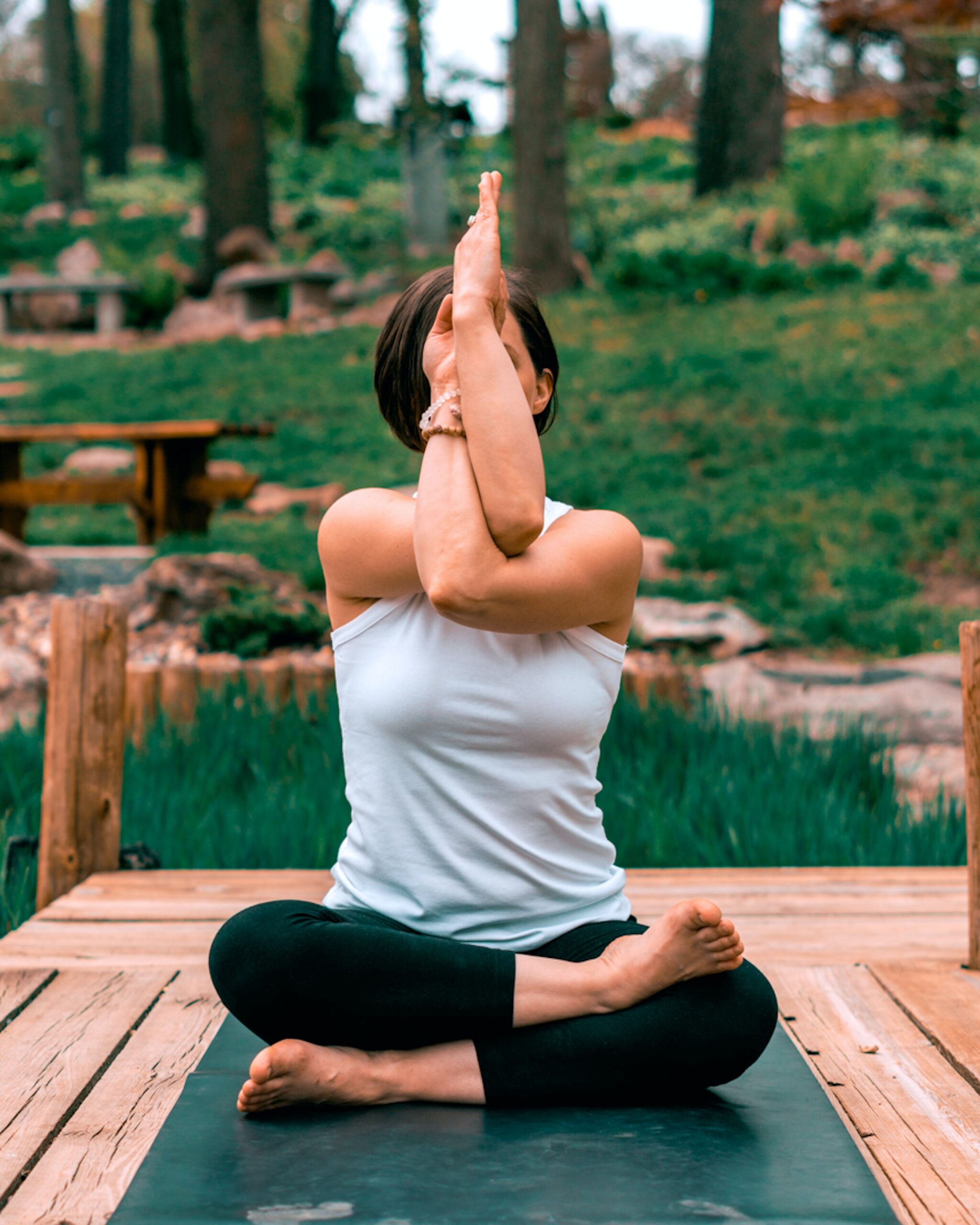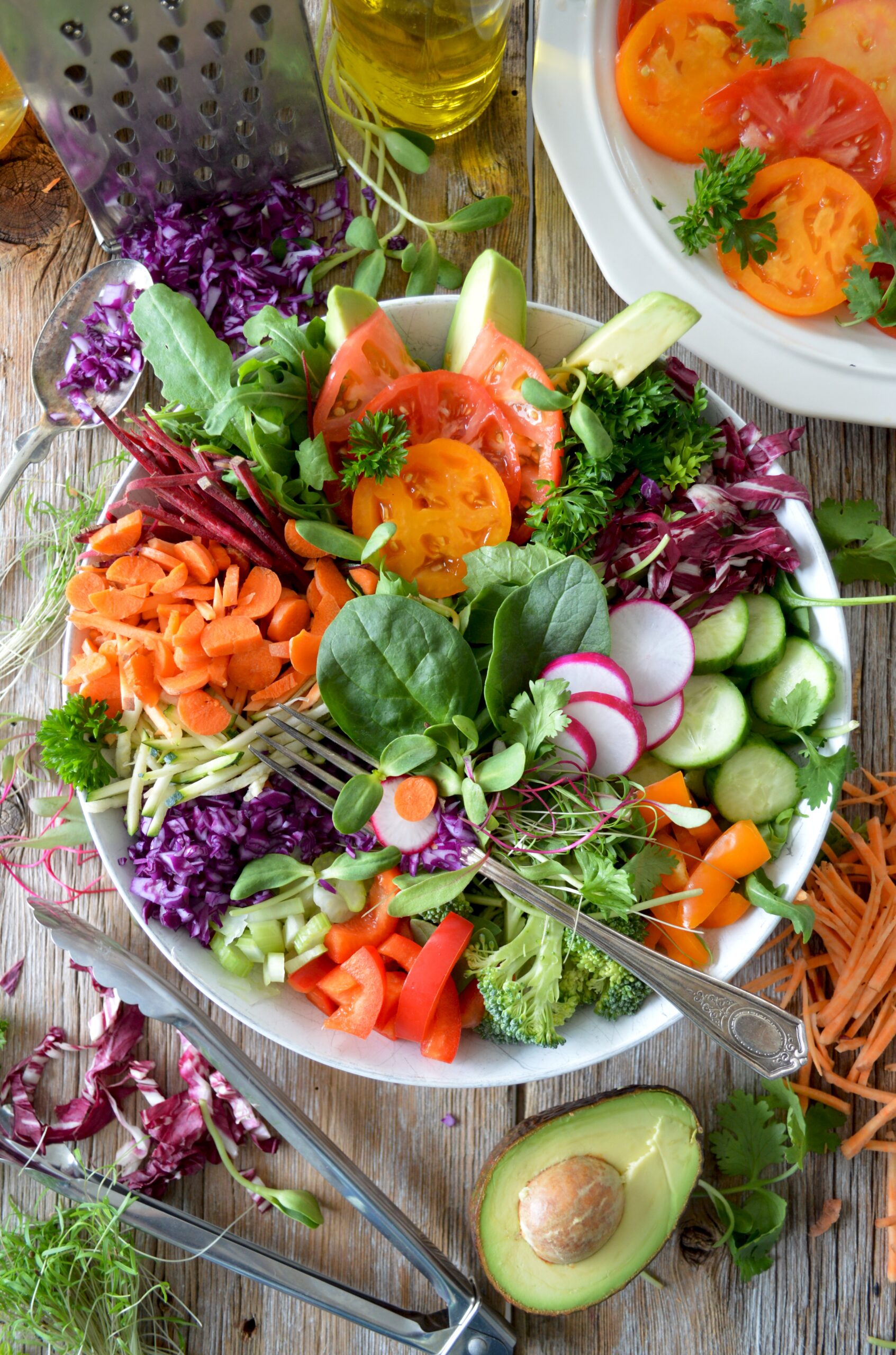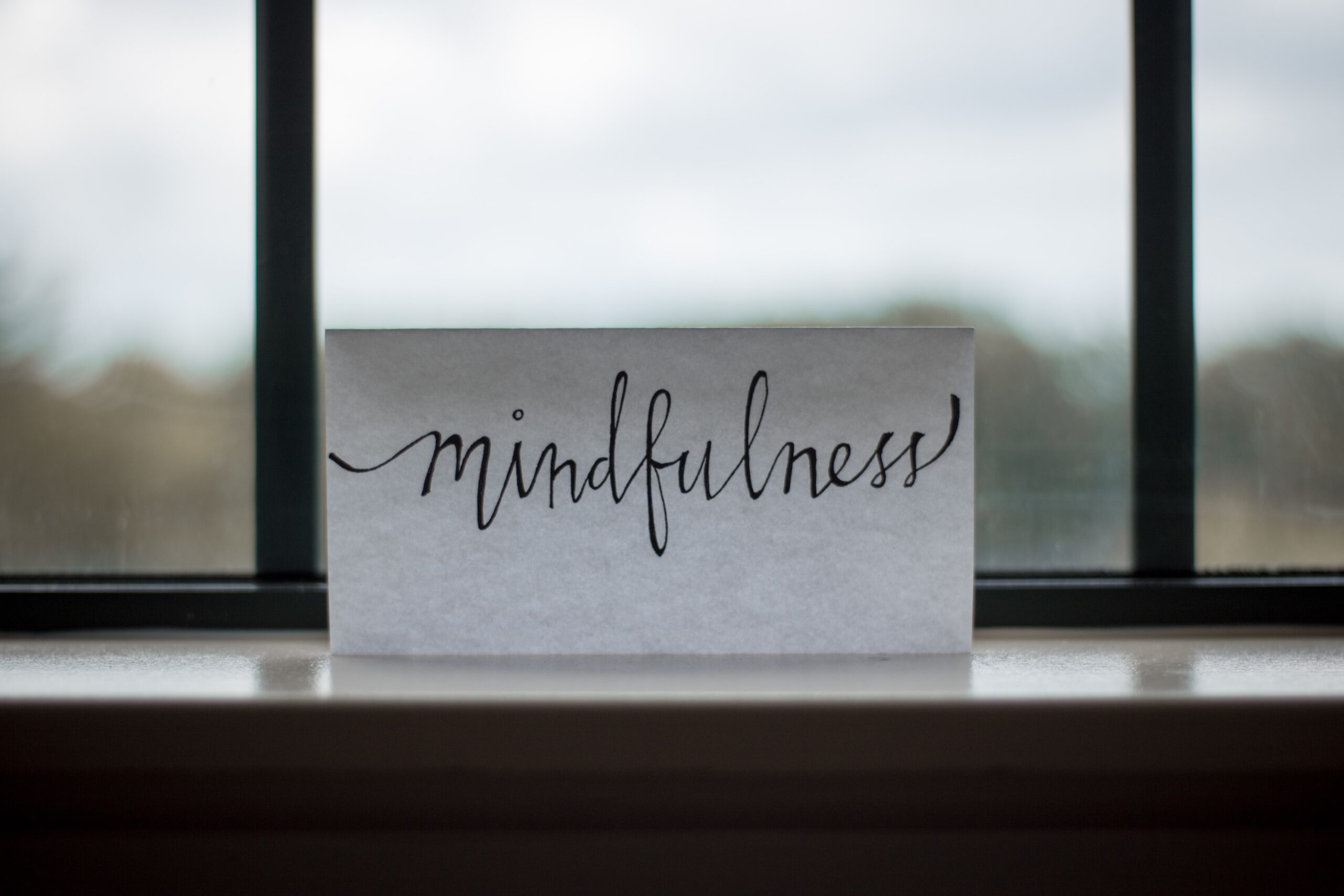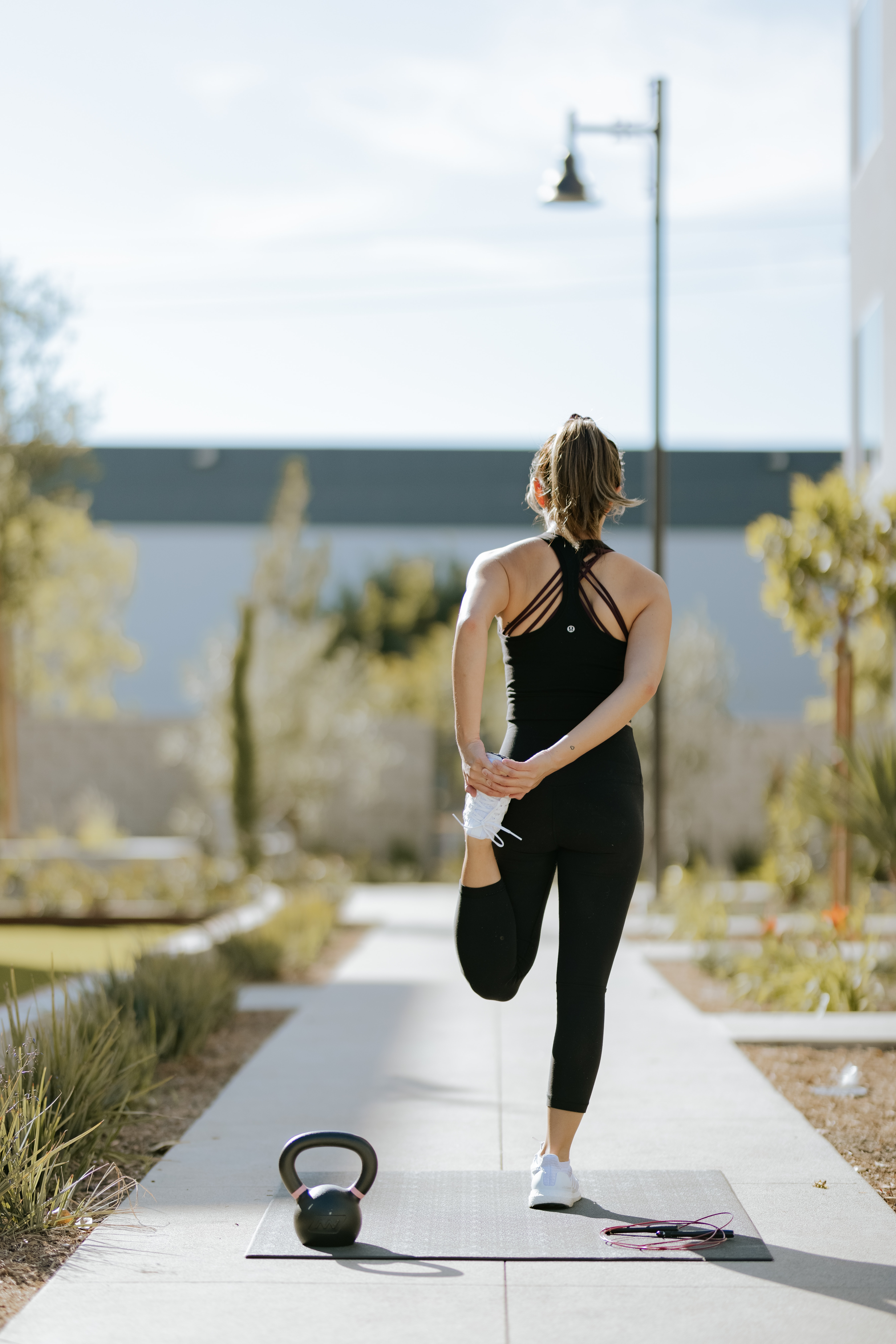Enhancing Holistic Well-being: Yoga and Ayurvedic Principles for Body and Mind
In today’s fast-paced world, finding balance and nurturing our overall well-being has become more important than ever. Combining the ancient wisdom of yoga with the principles of Ayurvedic medicine, we can embark on a transformative journey that integrates physical, mental, and spiritual aspects of our being. In this blog post, we will explore an exercise plan that encompasses yoga, incorporating Ayurvedic principles, to promote holistic health and vitality. We’ve done the heavy lifting for you, follow this weekly guide for a month of Yoga.

Week 1: Foundation and Balance
To establish a strong foundation and improve balance, we begin with foundational yoga poses.
Tadasana (Mountain Pose):
The purpose of this pose is to ground and center ourselves, connecting with the stability of a mountain. It promotes body awareness, correct alignment, and a sense of inner strength.
Vrikshasana (Tree Pose):
Tree Pose enhances balance and stability while cultivating focus and concentration. By grounding one foot and finding balance, we learn to remain steady amidst life’s challenges.
 Trikonasana (Triangle Pose):
Trikonasana (Triangle Pose):
Triangle Pose stretches and strengthens the legs, hips, and torso. It enhances flexibility, relieves stress, and stimulates the digestive organs.
Virabhadrasana II (Warrior II):
Warrior II builds strength, stability, and concentration. This pose promotes a sense of empowerment, enhances endurance, and opens the hips and chest.
Savasana (Corpse Pose):
Savasana is a vital part of any yoga practice. It allows for deep relaxation, integration of the practice, and the rejuvenation of mind, body, and spirit.
Ayurvedic Recommendation:
During Week 1, we focus on balancing Pitta, the fiery dosha. To support this, we follow a Pitta-pacifying diet, consuming cooling foods like fresh fruits, vegetables, and herbal teas. Staying hydrated with room temperature or slightly warm water complements this practice.
Week 2: Strength and Flexibility

During Week 2, we focus on developing strength and flexibility while balancing the doshas.
Utkatasana (Chair Pose):
Chair Pose strengthens the legs and core, building endurance and stability. It activates the lower body while energizing the mind.
Utthita Parsvakonasana (Extended Side Angle Pose):
This pose strengthens the legs, improves flexibility, and opens the side body. It also enhances digestion and stimulates the abdominal organs.
Salabhasana (Locust Pose):
Locust Pose tones the back muscles, improves posture, and stimulates the abdominal organs. It strengthens the legs, buttocks, and upper body.
Setu Bandha Sarvangasana (Bridge Pose):
Bridge Pose opens the chest, strengthens the legs, and reduces fatigue. It improves spinal flexibility, alleviates stress, and rejuvenates the body.
Savasana (Corpse Pose):
Savasana, as in every session, allows for deep relaxation, integration, and restoration.
Ayurvedic Recommendation:
During Week 2, we focus on balancing Kapha, the earthy dosha. We incorporate light, warming foods such as spices, ginger tea, and steamed vegetables. Engaging in regular physical activity is also beneficial to maintain energy levels.
Week 3: Mindfulness and Alignment
Week 3 emphasizes mindfulness, aligning the body, and enhancing energy flow.
Anjaneyasana (Low Lunge):
Low Lunge opens the hips, stretches the quadriceps, and improves balance. It encourages surrender, flexibility, and emotional release.
Garudasana (Eagle Pose):
Eagle Pose enhances focus, balance, and coordination. It opens the upper back, shoulders, and hips, releasing tension and improving joint mobility.
Matsyasana (Fish Pose):
Fish Pose stretches the chest and opens the heart center, relieving tension in the upper body. It improves posture, respiratory function, and stimulates the throat chakra.
Natarajasana (Dancer’s Pose):
Dancer’s Pose improves balance, strength, and concentration. It opens the shoulders and hips while cultivating grace and poise.
Savasana (Corpse Pose):
As always, Savasana invites deep relaxation and integration.
Ayurvedic Recommendation:
In Week 3, we focus on balancing Pitta once again. We incorporate a Pitta-balancing routine, engaging in calming activities such as walking in nature, journaling, or engaging in creative pursuits. Avoiding excessive caffeine or spicy foods that may aggravate Pitta is also recommended.
Week 4: Integration and Restoration

During the final week, we integrate the benefits of the previous weeks and focus on overall restoration.
Viparita Karani (Legs-Up-the-Wall Pose):
Legs-Up-the-Wall Pose relieves stress, improves circulation, and rejuvenates the body. It promotes relaxation, grounding, and mental clarity.
Supported Bridge Pose:
Supported Bridge Pose opens the heart and chest, relaxing the body and calming the mind. It encourages surrender, deep relaxation, and emotional release.
Janu Sirsasana (Head-to-Knee Forward Bend):
Head-to-Knee Forward Bend stretches the hamstrings, calms the mind, and stimulates the liver and kidneys. It promotes introspection, introspection, and relaxation.
Paschimottanasana (Seated Forward Bend):
Seated Forward Bend stretches the entire back body, promoting relaxation and releasing tension. It calms the nervous system and supports surrender and introspection.
Savasana (Corpse Pose):
The practice concludes with Savasana, allowing for deep relaxation, integration, and restoration.
Ayurvedic Recommendation:
During the final week, we focus on maintaining balance in all doshas. This includes regular meditation or pranayama (breathing exercises) to foster a deeper connection with the self. A balanced lifestyle with appropriate sleep, a nourishing diet, and regular exercise promotes overall well-being.

By embracing the holistic practices of yoga and incorporating the wisdom of Ayurvedic principles, we embark on a transformative journey that nurtures our body, mind, and spirit. Each pose in this exercise plan serves a purpose, promoting strength, flexibility, mindfulness, alignment, and restoration. Remember to listen to your body, modify poses as needed, and consult with qualified professionals when necessary. Embrace the profound benefits of this integrated approach, and discover the path to holistic well-being.













